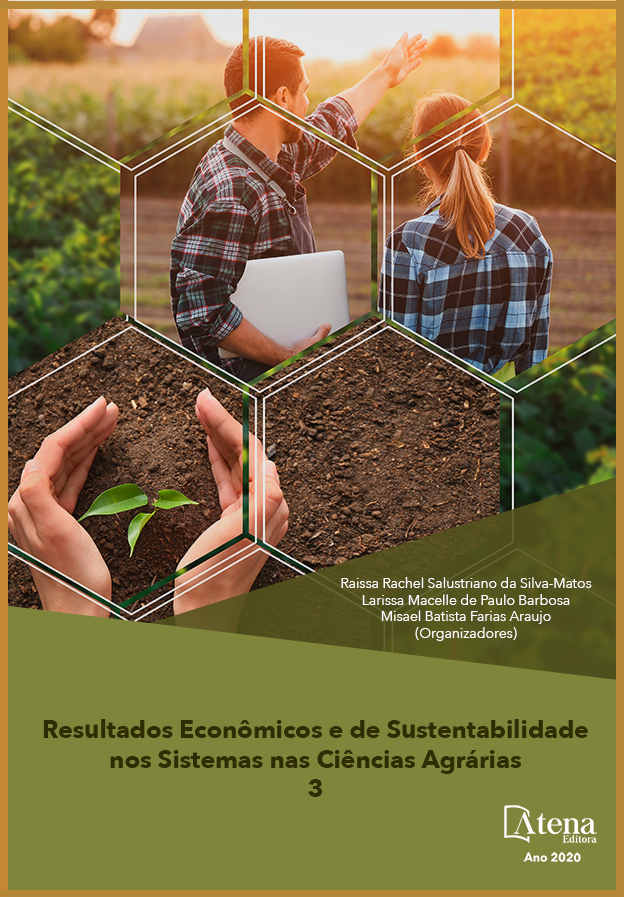
DESEMPENHO AGRONÔMICO DO RABANETE EM CULTIVO SEMI-HIDROPÔNICO COM DIFERENTES SUBSTRATOS
O rabanete é uma raiz tuberosa olerícola, cuja principal característica é o seu curto ciclo de produção. O objetivo da pesquisa foi avaliar o desempenho da cultura do rabanete em sistema semi-hidropônico com diferentes substratos. O problema formulado foi: qual o substrato possibilita maior massa fresca e diâmetro da raiz tuberosa de rabanete conduzido em semi-hidroponia? Utilizou-se o método de abordagem quantitativo, o método de procedimento laboratorial e o método estatístico. A coleta de dados se deu através da observação direta e a para a análise dos dados aplicou-se a estatística descritiva. Nas avaliações da massa fresca da raiz tuberosa e massa fresca da raiz, o cultivo em areia se diferenciou estatisticamente dos demais tratamentos sendo o tratamento com menor rendimento nas avaliações mencionadas Já, o cultivo no substrato Tecnomax®, produziu 28,87 e 1,33 gramas respectivamente, enquanto o cultivo no substrato Agrinobre, produziu 23,66 e 1,30 gramas respectivamente. Na avaliação do diâmetro da raiz tuberosa, o cultivo em areia apresentou o menor diâmetro. Por fim, conclui-se que nas condições do presente estudo os substratos Tecnomax ® e Agrinobre apresentaram os melhores resultados para massa fresca e diâmetro da raiz tuberosa sendo aptos para o cultivo de rabanete em sistema semi-hidropônico.
DESEMPENHO AGRONÔMICO DO RABANETE EM CULTIVO SEMI-HIDROPÔNICO COM DIFERENTES SUBSTRATOS
-
DOI: 10.22533/at.ed.76820111215
-
Palavras-chave: Raphanus sativus L. Semi-hidroponia. Substrato. Massa da raiz tuberosa.
-
Keywords: Raphanus sativus L. Semi-hydroponics. Substrate. Mass of tuberous root.
-
Abstract:
The radish is an olericole tuberous root whose main characteristic is its short production cycle. The objective of the research was to evaluate the performance of the radish culture in a semi-hydroponic system with different substrates. The problem formulated was: which substrate allows greater fresh mass and diameter of the radish tuberous root conducted in semi-hydroponics? The quantitative approach method, the laboratory procedure method and the statistical method were used. Data collection took place through direct observation and descriptive statistics was applied for data analysis. In the evaluations of the fresh mass of the tuberous root and fresh mass of the root, the cultivation in sand was statistically different from the other treatments, being the treatment with the lowest yield in the evaluations mentioned. grams respectively, while cultivation on the substrate Agrinobre, produced 23.66 and 1.30 grams respectively. In the evaluation of the diameter of the tuberous root, the cultivation in sand presented the smallest diameter. Finally, it is concluded that under the conditions of the present study the substrates Tecnomax ® and Agrinobre presented the best results for fresh mass and diameter of the tuberous root, being suitable for the cultivation of radish in a semi-hydroponic system.
-
Número de páginas: 8
- Renan Gustavo Beranrdi
- Valberto Müller
- Augusto Antonio Londero


